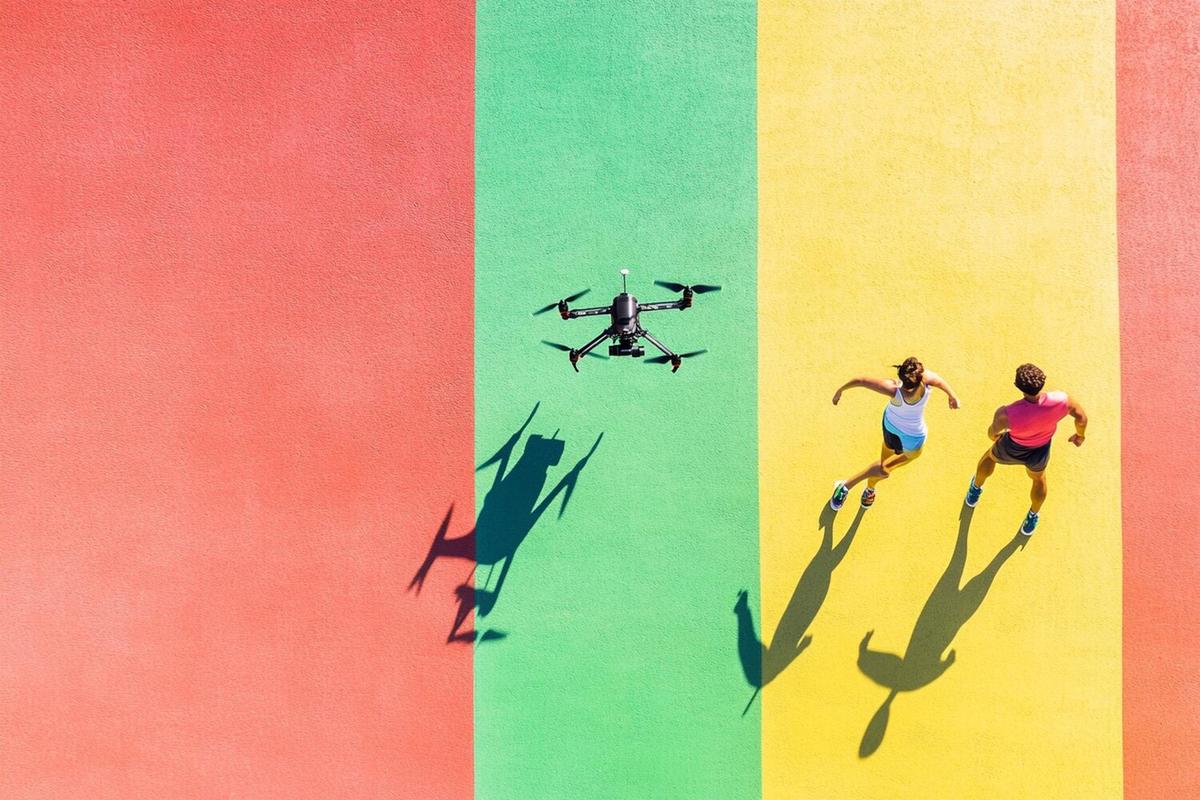
How Drones Are Used in Sports and Fitness Training
In the ever-evolving landscape of sports technology, drones have emerged as a game-changer, offering unparalleled opportunities in training and performance analysis.
Drones, once primarily associated with aerial photography and entertainment, are now transforming the sports and fitness training arena. This shift is largely due to their ability to capture dynamic footage and provide unique perspectives, enhancing training methodologies across various disciplines.
Revolutionizing Sports Training
With their ability to hover and maneuver with precision, drones are being utilized by coaches and athletes to analyze movements and strategies. A study by the Sports Technology Institute highlights how drones can offer detailed insights into player formations and tactics, which are invaluable for team sports like soccer and football. By providing real-time aerial footage, coaches can make informed decisions regarding player positioning and strategy execution.
Expert Insights
According to Dr. Emily Harper, a sports technology researcher, “Drones offer a bird’s-eye view that traditional cameras cannot match. This perspective is crucial for understanding spatial relationships and flow on the field.” This sentiment is echoed by sports teams worldwide, who increasingly rely on drone footage for post-match analysis and training adjustments.
Applications in Fitness Training
Beyond team sports, drones are carving a niche in individual fitness training regimes. Athletes in disciplines such as track and field, cycling, and even yoga are using drones to monitor their form and progression. For instance, a drone can follow a cyclist over a long distance, providing continuous feedback on posture and technique.
Statistics and Research
Research conducted by the Global Sports Analytics Association indicates that athletes who incorporate drone footage into their training show a 20% improvement in technique and efficiency over a six-month period. This statistic underscores the potential of drones as a tool for enhancing athletic performance.
Actionable Tips for Coaches and Athletes
- Integrate drone footage into regular training sessions for comprehensive analysis.
- Use drones to capture practice sessions from multiple angles to identify areas of improvement.
- Ensure compliance with local regulations regarding drone usage to avoid legal issues.
Consider investing in a drone with high-resolution capabilities and stabilization features for the best results in sports analysis.
Comparison Table: Traditional Cameras vs. Drones
| Feature | Traditional Cameras | Drones |
|---|---|---|
| Perspective | Limited | Aerial View |
| Mobility | Stationary | Highly Mobile |
| Coverage | Specific Angles | 360 Degrees |
| Cost | Varies | Varies |
| Setup | Complex | Simple |
| Usage | Indoor/Outdoor | Primarily Outdoor |
| Real-time Feedback | Delayed | Instant |
| Integration | Low | High with Tech |
Frequently Asked Questions
How can drones enhance team sports training?
Drones provide an aerial view that helps in analyzing player formations and strategies in real-time.
Are drones cost-effective for individual athletes?
While initial investment can be high, the long-term benefits in performance improvement can justify the cost.
What are the legal considerations for using drones in sports?
Ensure compliance with aviation regulations and obtain necessary permits for drone usage in public spaces.
Conclusion
In summary, drones are redefining the landscape of sports and fitness training by offering unique insights and perspectives. As athletes and coaches continue to explore and adopt this technology, the potential for enhanced performance and strategy development is immense. Embracing drone technology not only keeps sports training on the cutting edge but also opens new avenues for innovation and success.


